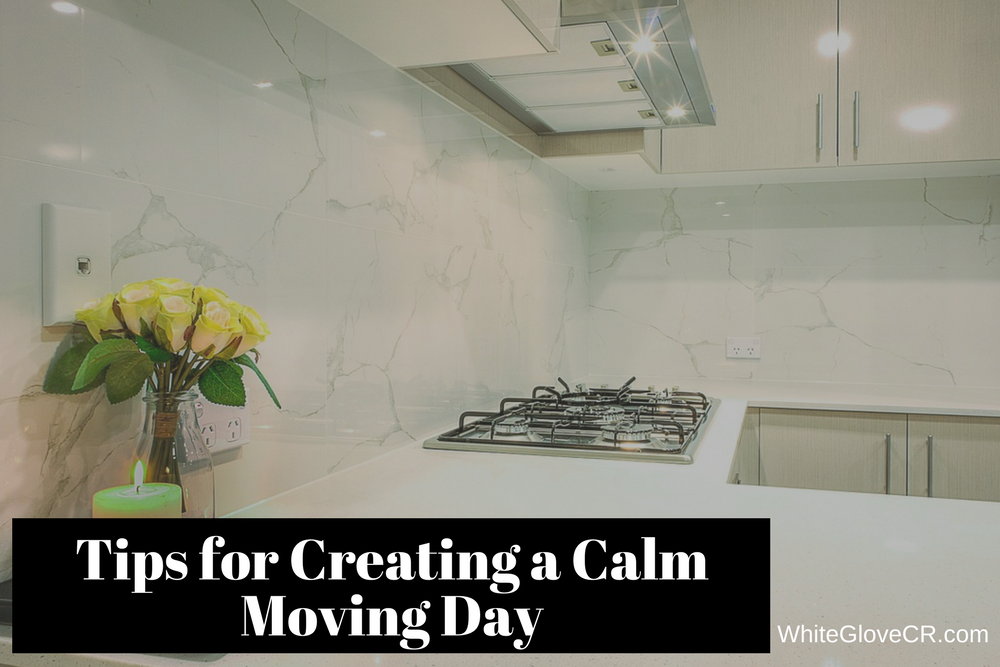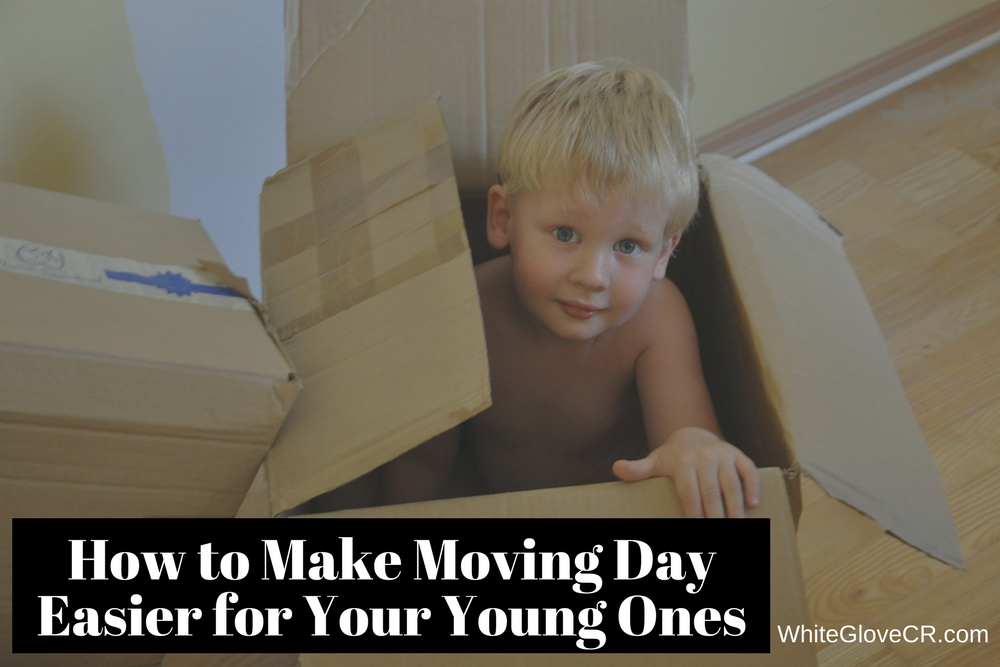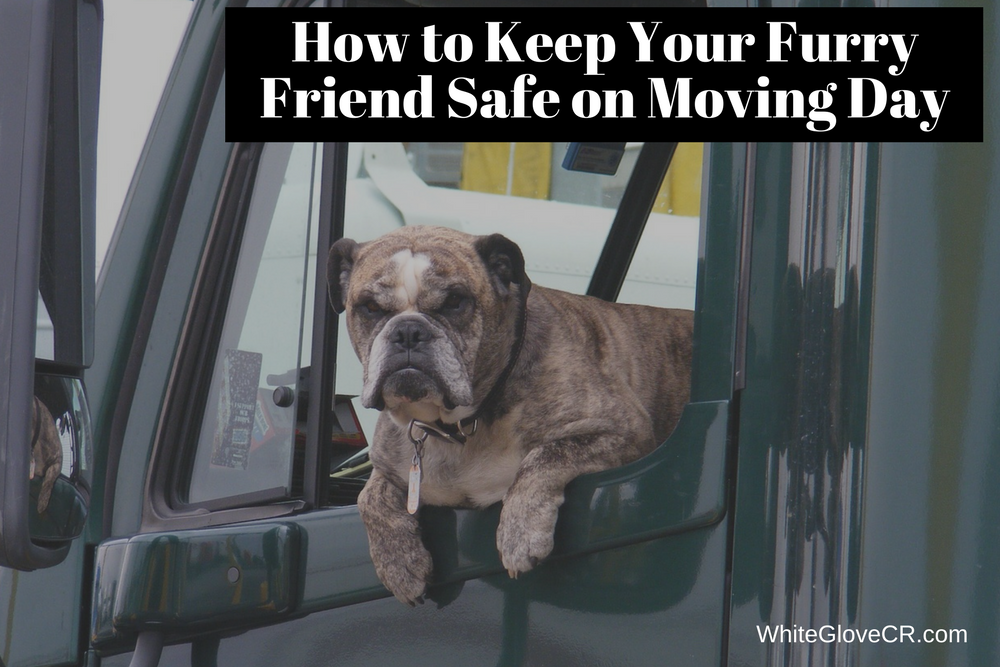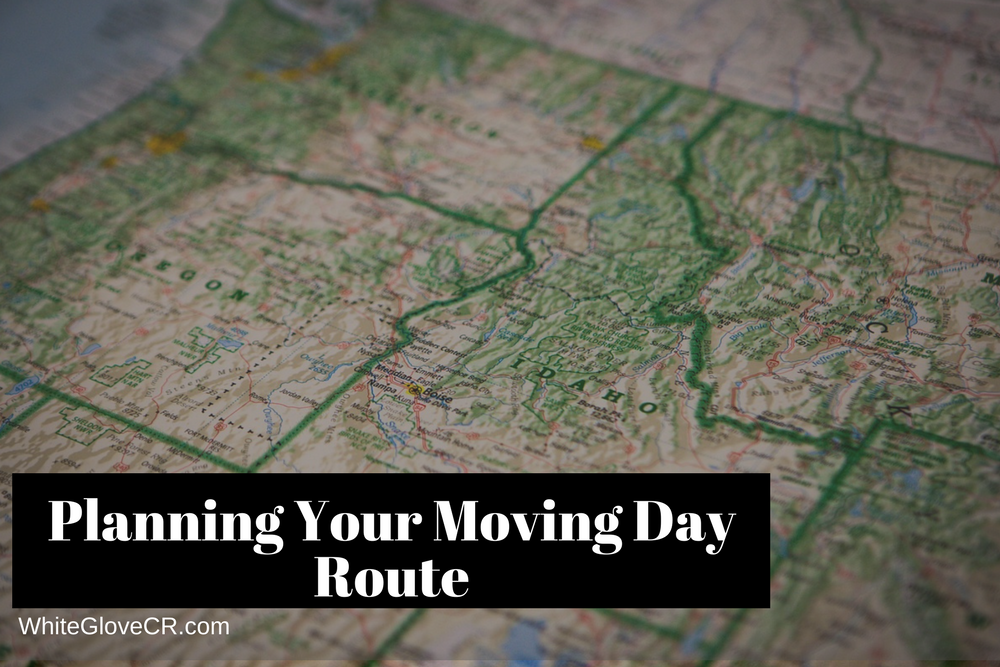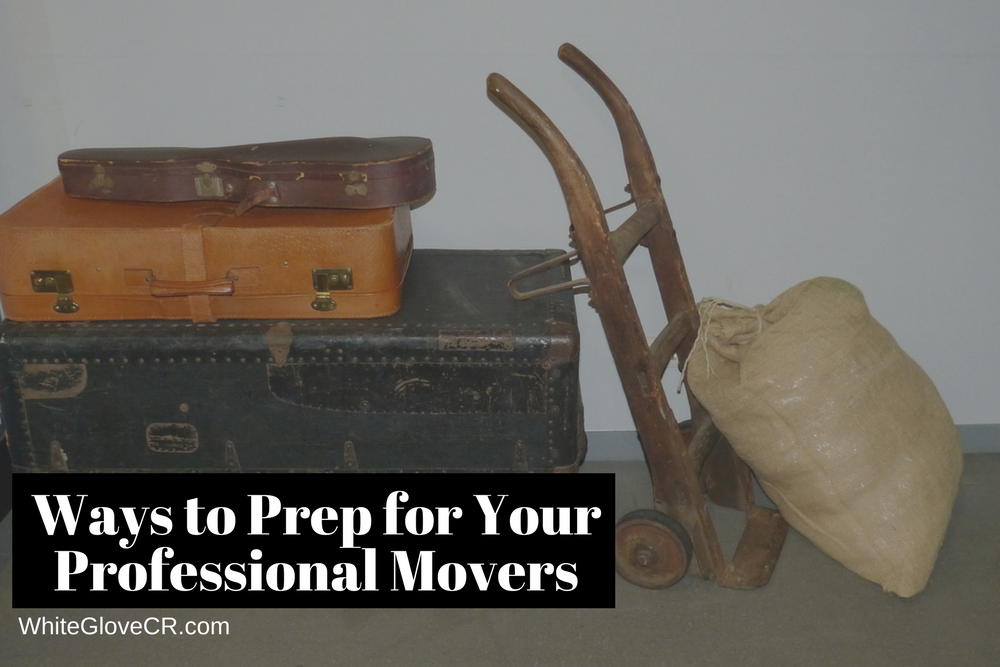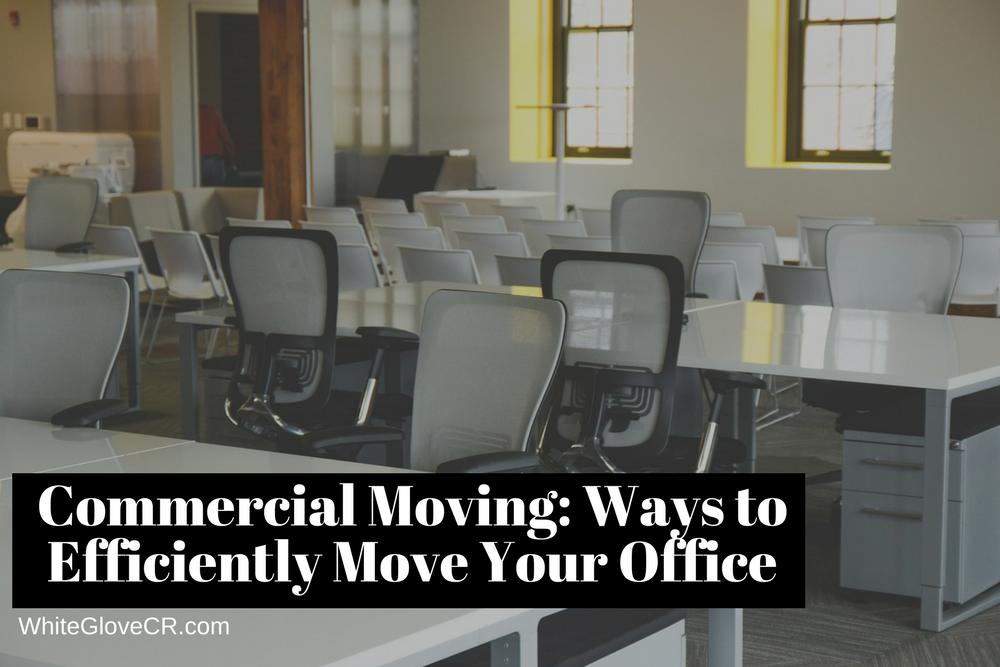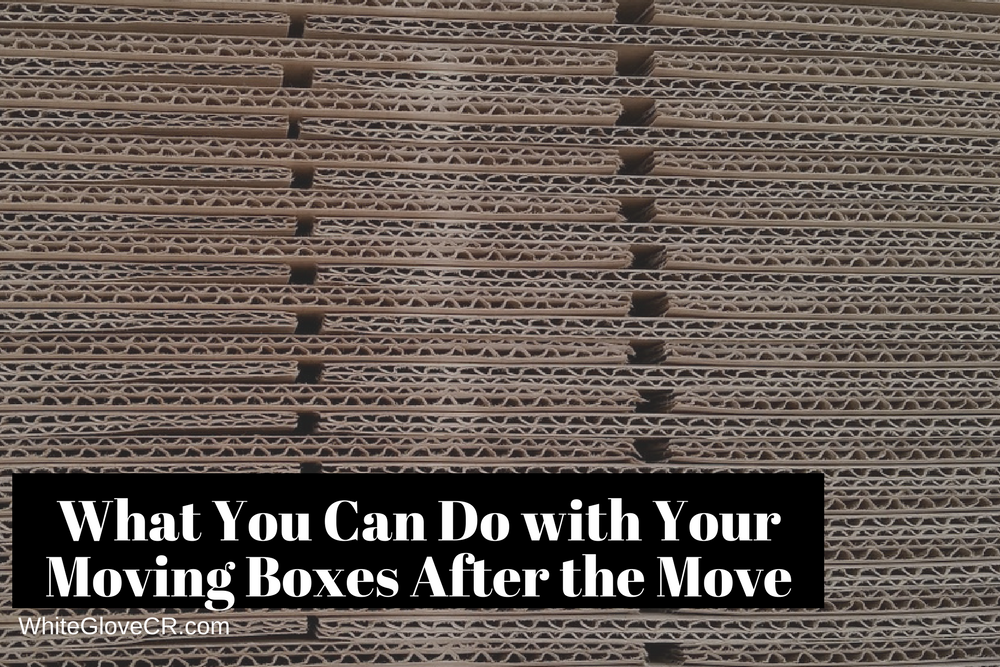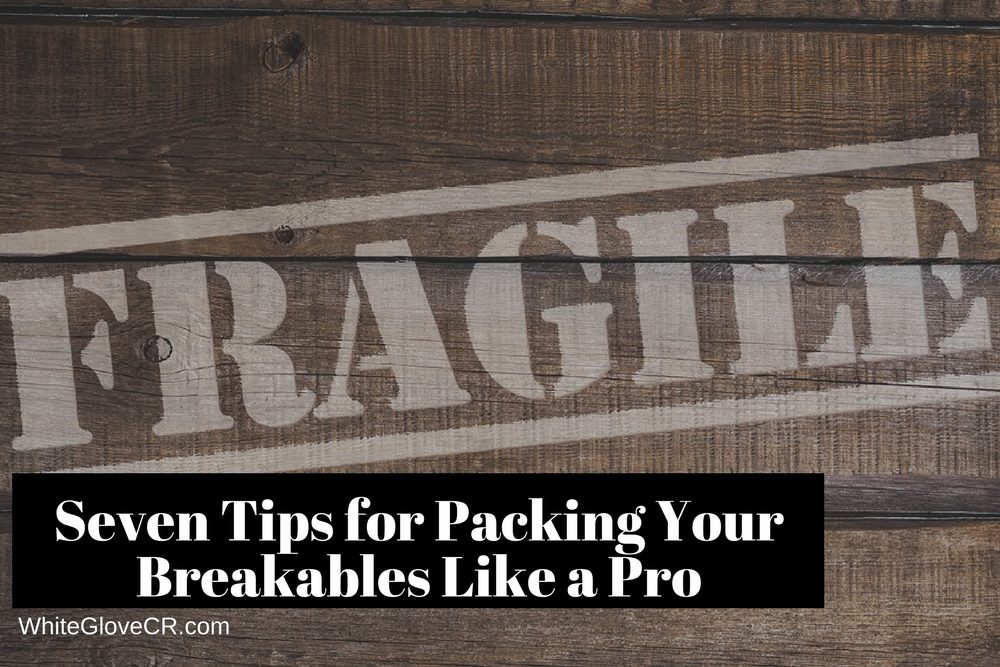We’re going to let you in on a little secret: moving day doesn’t have to be stressful. Though managing moving tasks properly seems difficult and challenging, you can obtain a positive outcome while maintaining your sanity throughout the entire process. Below are some ways to help you create a moving day that’s calm, collected, and quick.
Plan in advance so you don’t have to do any last-minute scrambling. As humans, we can be our own worst enemies. If you’re a person who typically procrastinates, now is not the time. Get started with your moving tasks as soon as you have a date, if not sooner. The more tasks you complete in advance, the smoother moving day and the days that follow will be.
Hire a professional moving company to help you. As Americans, we often think that we have to do it all ourselves, and if we can’t, then we’re unsuccessful. But here’s the thing, there are professional companies out there who will make moving day so much easier. If you can afford to work with a residential mover, you’ll find that you’ll be saved a lot of time and unnecessary headaches.
Go to bed early. Getting enough sleep the night before moving day will prevent you from being irritable and exhausted. If you find that you’re anxious, go to bed extra early so you have time to fall asleep. Don’t be afraid of drinking some relaxing herbal tea before bed too.
Take good care of yourself and your family. Though it may feel like a time to rush about, it’s important to not skip any meals and to stay hydrated. Proper nutrition will allow you to do the heavy lifting that comes with moving (if you’re moving yourself) and it will help your brain stay focused.
Moving has the potential to be stressful for the whole family, especially your children. To ease your kids into the moving process, spend some quality time with them and try to have a conversation about the days to come. Keep open communicate with your children so they’re not blindsided by the severe uptick in home activity. If they’re like most kids, they’ll ask a lot of questions, so be sure you’re attentive to their concerns, doubts, and questions.
If you have pets in your home, consider boarding them for the day or having them stay with a friend. There are steps you can take to make your pet more comfortable in your home on moving day, but in order to take the burden off of yourself, you may want to consider taking your furry friend to a pet day camp. This will allow you to be free of the worry of your pet escaping, getting hurt, or having anxiety.
Maintain your daily routine for as long as possible. As people, we’re often resistant to change. Therefore, if you can maintain the same routine, including your children and pets, for as long as possible, then do so.


